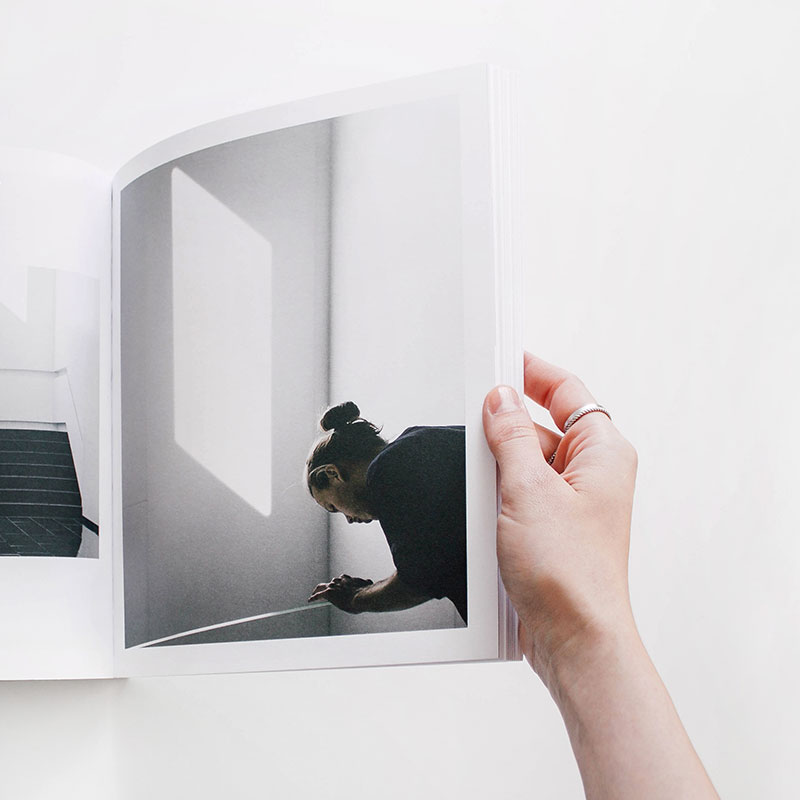No 1 (48) 2017 - Limits of interpretation
In Issue 1 (48) 2017 of Tekstualia we are taking on the question of the limits of interpretation. What is overinterpretation? A harmful excess committed with or without intention, a mistake, an abuse of the original text (as Umberto Eco would have it)? Or, perhaps, an activity which opens up new ways of reading the original, allowing to discover hitherto unknown meanings? Where and when does the reader stray away from the safe paths of interpretation into the conspicuous zone of overinterpretation? Can we pinpoint exactly when a creative analysis of a given text turns into a cynical manipulation of the latter? What should we do with such interpretation-related categories like context, analysis, textual and authorial intentions, or meaning? These are just a few of the issues raised by the authors in the upcoming 1 (48) 2017 issue of Tekstualia.
Editors: Żaneta Nalewajk, Marcin Czardybon
Articles' Summary
- Żaneta Nalewajk, The Problem of Over-Interpretation in Literary Studies
- Willie van Peer, Truth Matters: A Critical Exercise in Revisionism, translated Katarzyna Kręglewska
- Ewa Paczoska, The Problem of Over-Interpretation: „The Tender Offer of Literature” and the Answer
- Ewa Szczęsna, The Limits of Over-Interpretation and the Ways of Knowing
- Marcin Czardybon, „Let me Declare Myself as a Geometrician”: Interpretation, Over-Interpretation and Its Limits
- Paweł Bem, „Authorial Intention”: A Few Remarks On a Noble Lie in Scholarly Editing
- Tomasz Wiśniewski, Overinterpretation in Theatre, or Beckett on stage
- Anna Spólna, The Game of Over-Interpretation.Phantasmal Refrain by Agnieszka Mirahina in the Light of the Romantic Tradition and the Theory Deconstruction
- Eliza Kącka, Villon in the Theatre of Over-interpretation





